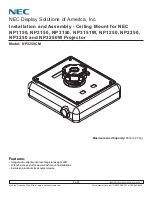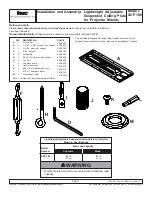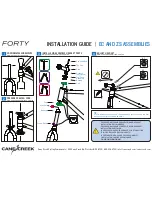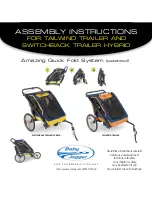
Linea CL Series Camera
Camera Operation
•
33
Exposure Controls
Exposure control is defined as the start of exposure and exposure duration. Exposure control
modes define the method and timing of controlling the sensor integration period. The integration
period is the amount of time the sensor is exposed to incoming light before the video line data is
transmitted to the controlling computer.
The camera can grab images in one of three ways, as described in the following table.
Description
Line Rate
Exposure Time
Trigger Source
Internal Programmable
Exposure
Internal, programmable
Internal
programmable
Internal
External Programmable
Exposure
Controlled by EXSYNC pulse
Internal
programmable
External
External Trigger Width
Exposure
Controlled by EXSYNC pulse
External (EXSYNC)
External
You determine the three imaging modes using a combination of the Exposure Time Source
parameters (including I/O parameters), Exposure Time and Internal Line Rate parameters.
•
The feature Exposure Time Source selects the controlling method for the exposure.
•
The start of exposure can be driven by an internal timer signal, an external trigger signal, or a
software function call.
•
For External Trigger signals, the relationship between an external line trigger and the exposure
period is only applicable while the external line trigger does not exceed the maximum allowable
line rate.
•
If the external line rate exceeds the maximum line rate allowed for a mode, the camera will
continue to output data at its maximum line rate. Though no image artifacts associated with
over-speed will occur, you may notice that under over-speed conditions the image will appear
compressed and the apparent distance travelled will be reduced.
The relevant exposure control features are grouped in the Camera Control category:
















































